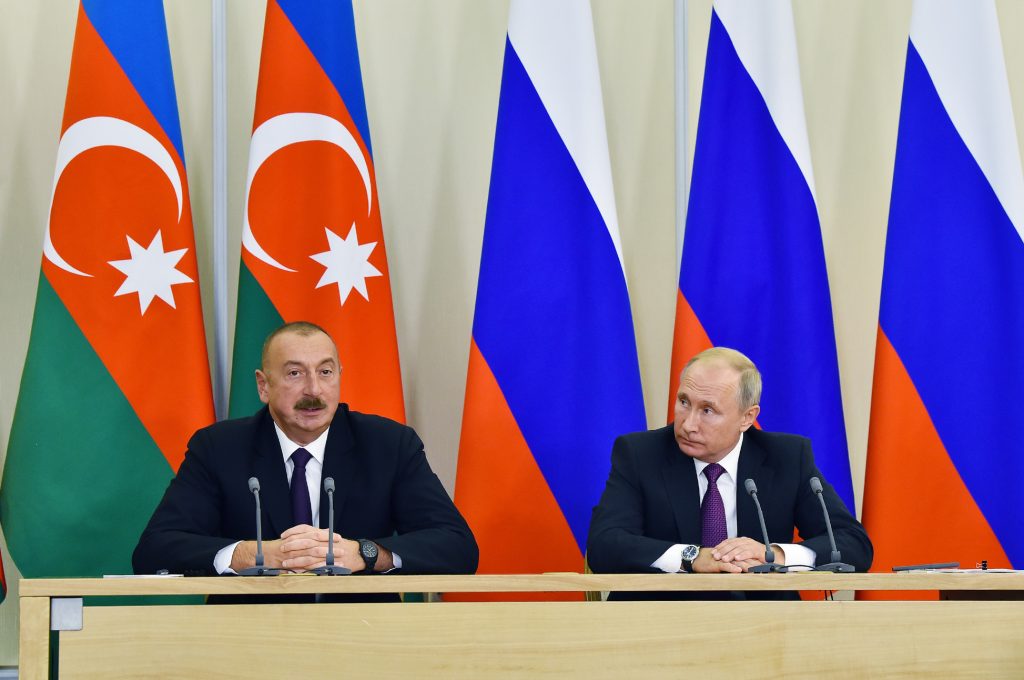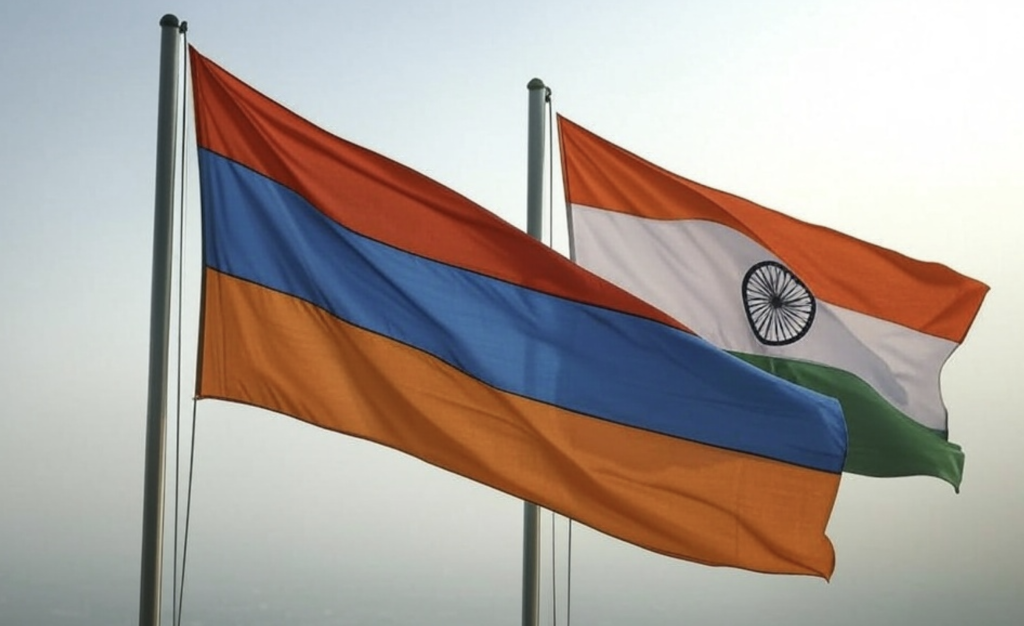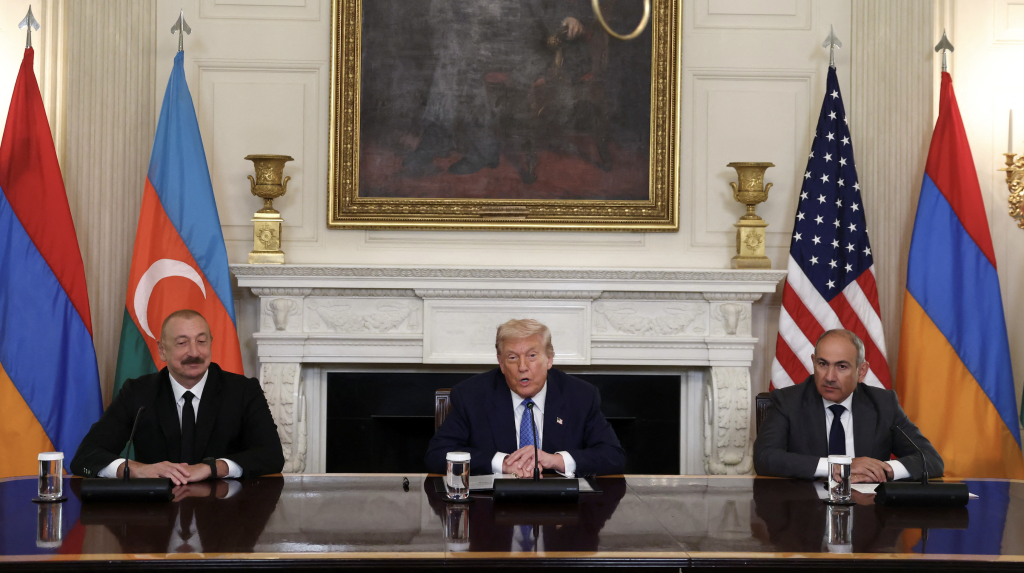Azerbaijan’s Calculated Confrontation with Russia: From Tension to Advantage
A few months after reaching their peak in August 2024, Russian-Azerbaijani relations took a nosedive with the downing of an Azerbaijani plane by Russia in December 2024. But rather than being the originating source of the discord, the “aircraft crisis” has served as the pretext for deteriorating relations. The frosting of relations allowed Baku to resolve key issues in the region and keep Moscow at a distance from the processes. This was the result of a strategic mistake by Russia, which, after accepting the post-2023 status quo, assumed that Azerbaijan would become Russia’s new main partner in the South Caucasus. An important indicator of the ongoing mistrust and confrontation is the arrest in October 2025 of Ramiz Mehdiyev, former head of the Azerbaijani presidential administration, accused of preparing a pro-Russian coup. If some degree of political détente began after the Washington Summit in August, it is not likely to last because the disagreements between the countries are deep-rooted, and the geopolitical balance cannot be rolled back in line with Russians’ wishes. 2022–2024: The rise of Russian-Azerbaijani friendship Relations between Russia and Azerbaijan were on a high from 2022 to 2024. The signing of the Declaration on Allied Interaction in February 2022 strengthened the ties between the countries. Moscow saw it as a great diplomatic success with a new ally emerging in the South Caucasus, in addition to Collective Security Treaty Organization (CSTO) and Eurasian Economic Union (EAEU) member Armenia. In addition, Moscow viewed this Declaration as balancing Turkey’s position in the context of strengthening the alliance between Baku and Ankara after the Shusha Declaration of June 2021. Azerbaijan’s President Ilham Aliyev understood then that he needed to upgrade relations with Russian President Vladimir Putin to achieve Azerbaijan’s regional ultimate objectives of controlling Nagorno-Karabakh without Russian peacekeepers and opening the so-called “Zangezur corridor” more assertively. In this sense, the most important point in the Declaration for Baku was Russia’s confirmation of its recognition of Azerbaijan’s territorial integrity. The two-day state visit of President Putin to Azerbaijan in August 2024 was the peak of good relations between the neighbors. The state visit took place four months after Baku had seen Russian peacekeepers withdraw from Nagorno-Karabakh. The agreements signed then, the declared intention of Baku to draw closer to the Shanghai Cooperation Organization and the BRICS intergovernmental organization, as well as informal discussions between Putin and Aliyev at the latter’s residence, were all indicators of reinforced ties between Russia and Azerbaijan. Additionally, Moscow and Baku announced that 2022 Declaration had been implemented in practice. During the same visit in 2024, the Russian Foreign Minister Sergey Lavrov, to Azerbaijan’s delight, stated that “Armenia is sabotaging the opening of transport communications.” Obviously, Moscow and Baku sought to impose the implementation of Article 9 of the trilateral statement of November 2020 (calling for all economic and transport communications in the region to be unblocked), while they both violated or failed to fulfill the remainder of the trilateral statement. However, this did not work out, due to multiple dynamics, including Armenia’s unwillingness to implement article 9, Iran’s tough reaction to Lavrov’s statement and later to the Washington Declaration of August 2025 laying out plans for the Trump Route for International Peace and Prosperity (TRIPP). Given the closeness between Putin and Aliyev and their experience of solving potential flare-ups between them (indeed, the downing of a Russian military helicopter over Armenia by Azerbaijan in November 2020 and the killing of Russian peacekeepers in Nagorno-Karabakh in September 2023 were both resolved swiftly), the airplane crash in December 2024 could have been resolved in the same vein. It could therefore be argued that the downing of the Azerbaijani aircraft was not the real cause but a pretext for relations to deteriorate. The causes may lie elsewhere. Possible causes of the crisis: A weakened Russia and uncomfortable interdependencies In Azerbaijan’s case, there were a number of possible reasons for the crisis with Russia. First, Baku has sought to play in a “higher league” as a middle power. Such an endeavor presupposes, among other things, challenging more powerful actors. One of these was France, and Azerbaijan launched a “decolonization” campaign aimed at creating problems for Paris. A similar attempt became possible against Moscow, as Russia, bogged down in Ukraine, proved unable to project influence in the larger post-Soviet space. The authorities in Azerbaijan likely saw an opportunity to establish relations with Russia on a more equal footing rather than skewed in Russia’s favor. A second possible motivation for Azerbaijan to escalate tensions with Russia lies in Baku’s deliberate attempt to distance Russia from the South Caucasus. Given Russia’s complicated relationship with Armenia, its growing friction with Azerbaijan, and its focus on the war in Ukraine, its capacity to influence regional dynamics has become increasingly constrained. This shift creates an opportunity for Baku to change the regional status quo as it did in 2023 with the fallout of Nagorno-Karabakh. To achieve its new goal—opening the “corridor” to Nakhijevan through Armenia—Baku did not get Yerevan to agree through Moscow’s blame during the August 2024 visit. Therefore Baku saw the need to engage new external players to distance Moscow from the equation. Importantly for Moscow, Baku has not joined the Western sanctions policy following the war in Ukraine. Azerbaijan’s holding back from the West’s sanctions may well explain why Baku was included in the strategic economic projects announced by Russia and Iran. For Russia, the deterioration of relations with “one of the key allies in the region” would jeopardize the implementation of such strategic initiatives, including the International North–South Transport Corridor. Subsequent statements by Moscow that “certain forces want to cause a rift in relations with Baku” indicate a desire to shift responsibility for the root causes of the crisis from Russia and Azerbaijan to external players, to make it easier to save face and restore relations to where they were. For instance, during his meeting with Aliyev in October 2025, Putin blamed Ukrainian drones for the disaster. Azerbaijan played that part, too, “balancing”
Azerbaijan’s Calculated Confrontation with Russia: From Tension to Advantage Read More »









